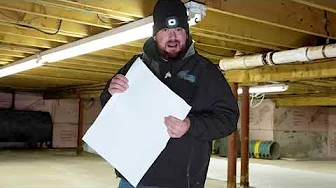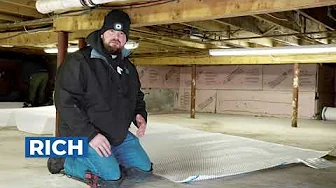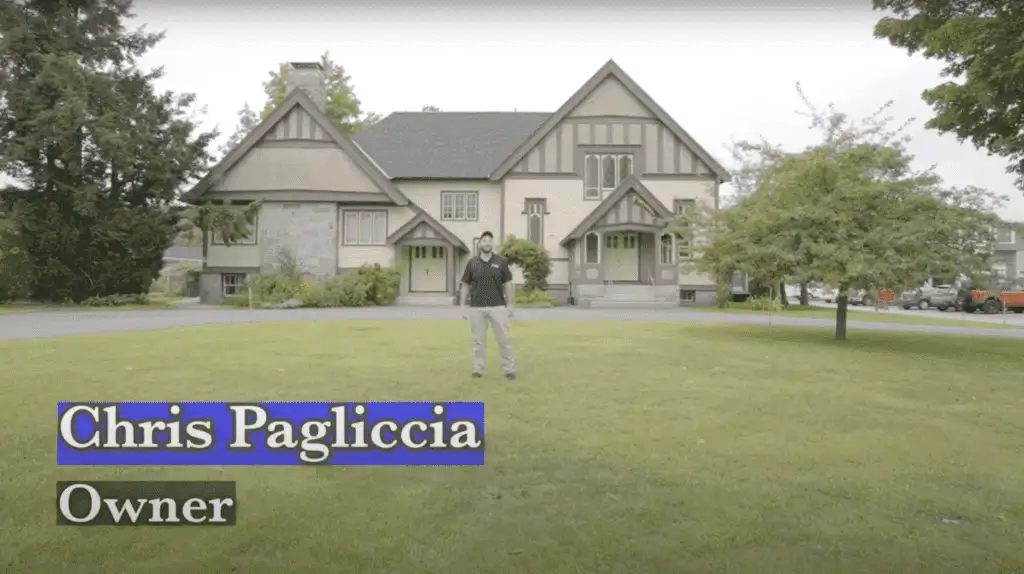Radon Mitigation Windham NH
Radon is a silent threat found in many homes across the United States. In New Hampshire, where bedrock and soil conditions are common culprits, radon levels can pose significant health risks. Windham, NH, is no exception. Understanding radon mitigation is essential for ensuring the safety and well-being of homes and families in this area.
Real People - Real Great Results
Crawl Space Video Playlist
What Is Radon and Why Does It Matter?
Radon is a colorless, odorless, tasteless gas. You won’t find it on your daily to-do list, but if you live in Windham, NH, it should at least be on your radar. It’s formed naturally, thanks to uranium breaking down in soil, rock, and water. If your home has cracks in the foundation, gaps in pipes, or certain construction joints, radon can sneak in quietly, like an uninvited guest who overstays their welcome.
Why does it matter? Because radon exposure is dangerous—no scare tactics here, just facts. It’s the second leading cause of lung cancer after smoking. Long-term exposure lets it build up in your body, like a time bomb waiting to go off. There’s no safe level of exposure, but the EPA has flagged anything above 4 picocuries per liter (pCi/L) as a serious concern. If you spend time indoors in a radon-heavy area, you’re rolling the dice on your health every day.
In Windham, with its granite-heavy bedrock and basement-rich homes, radon has plenty of opportunities to infiltrate. So, knowing about it isn’t just science trivia—it’s critical.
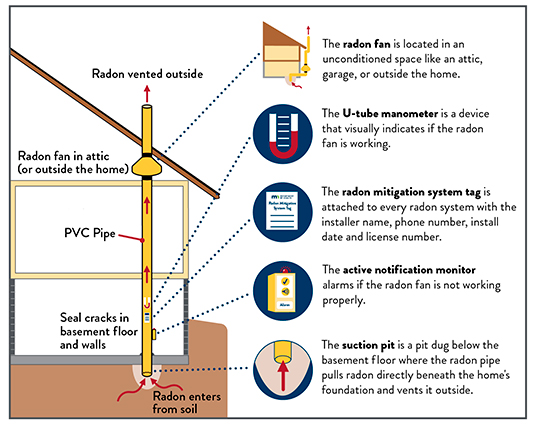
Radon Levels in Windham, NH
New Hampshire’s geological makeup is a perfect recipe for elevated radon levels, and Windham fits right into that mix. Beneath its scenic landscapes lie granite-rich soils that emit radon as uranium breaks down—a natural but dangerous process. Compared to the national average, radon readings in this region skew higher, largely due to these underlying geological conditions.
Many homes in Windham feature basements—perfect for storage, playrooms, or workout spaces, but unfortunately, also prime zones for radon accumulation. Being below or partially below ground, basements are in direct contact with the radon-heavy soil and bedrock, making them high-risk areas in any home. Cracks in concrete floors, sump pits, and even tiny gaps around plumbing pipes act like welcome mats for radon gas, letting it seep in undetected.
Given Windham’s specific combination of architecture and geography, radon testing isn’t just a precaution—it’s a necessity. Too many local homeowners might not even realize their indoor air is harboring an invisible, long-term health hazard. Understanding these elevated risks is the first step toward safeguarding your home.
Testing for Radon in Your Home
Radon doesn’t knock. It doesn’t announce itself. The only way you’ll know it’s there is by running a test. Luckily, testing for radon is straightforward and accessible for homeowners.
If you want a quick answer, grab a short-term radon test kit. These are inexpensive, easy to use, and available online or at your local hardware store. You’ll leave the device in the lowest livable area of your home—like a basement—for 2-7 days before sending it to a lab for analysis. Not in a rush? A long-term test kit, left in place for 90 days or more, provides a clearer picture of your home’s average radon levels over time.
For those who prefer skipping the DIY route, professional radon testing services are an excellent option. They handle the setup, monitoring, and reporting, offering a more precise measurement using specialized equipment. While it costs more than doing the job yourself, professional testing can be worth the peace of mind, especially if you’re buying or selling a home.
The magic number to remember? 4 picocuries per liter (pCi/L). That’s the threshold set by the EPA for safe indoor radon levels. Anything above, and you’re looking at an elevated risk. But here’s the kicker—no level of radon is completely risk-free. Even if your test shows 3.5 pCi/L, you might still consider mitigation to reduce exposure further. When it comes to radon, erring on the side of caution is never a bad idea.
Bottom line: take the test. It’s better to know—and act—than live with the uncertainty. Your lungs will thank you.
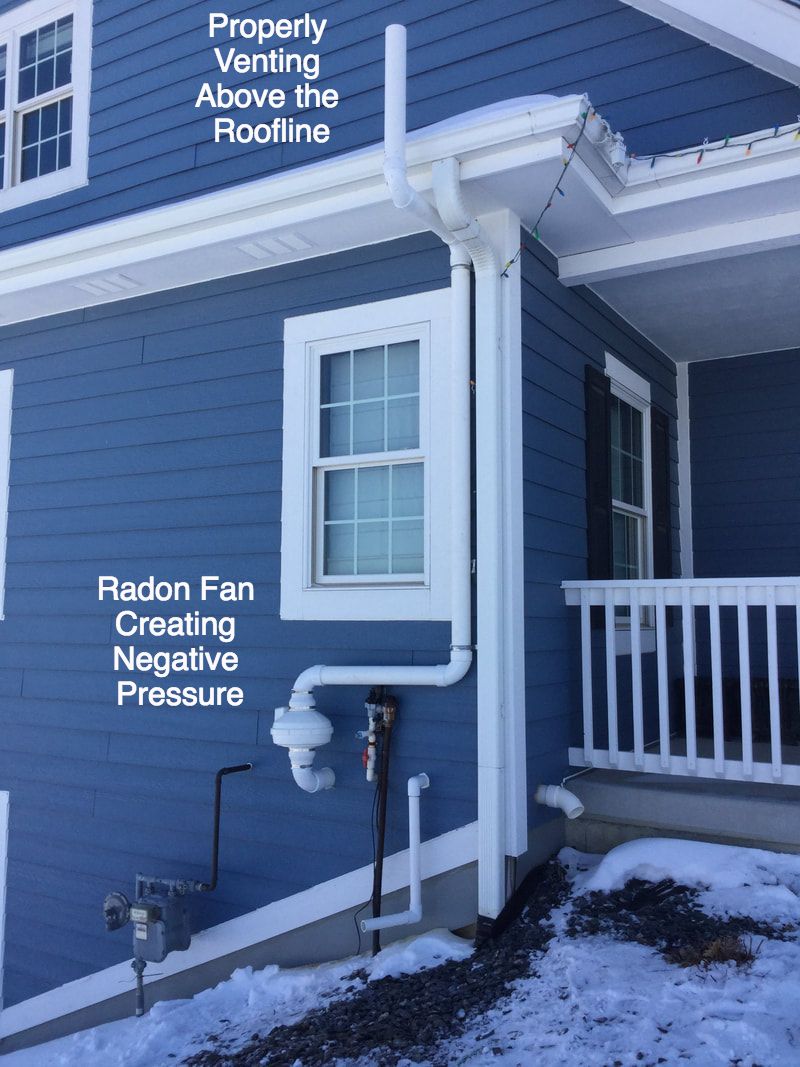
Steps for Radon Mitigation in Windham, NH
Once high levels of radon are detected, mitigation becomes necessary. Here’s how the process typically works:
- Inspection and Assessment: A mitigation specialist evaluates the source of radon entry and tests levels in key areas of the home. This inspection is the blueprint phase—identifying problem zones and creating a plan tailored to your home’s layout.
- System Installation: The go-to method? A sub-slab depressurization system. Think of it as a mechanical escape route for radon. A series of PVC pipes are routed from beneath your foundation to the exterior, while a quiet fan pulls radon gas out and away from your living spaces. In homes with crawl spaces or unique layouts, adaptations like vapor barriers might come into play.
- Sealing Entry Points: No system can do it all. That’s where sealing comes in. Specialists close up cracks, fissures, and gaps in your foundation to limit radon’s entry points. It’s not a perfect shield but a solid line of defense in cooperation with the venting setup.
- Post-Mitigation Testing: System installed? Great. Now the job’s only half-done. Follow-up testing ensures the mitigation system is doing its job and radon levels are comfortably below the EPA’s action threshold of 4 pCi/L. This step isn’t optional—it’s confirmation that the air in your home is safer than it was before.
Mitigation isn’t a flashy process, but it’s effective when done right. The combination of venting, sealing, and verification isn’t just procedure—it’s peace of mind for your family and property.
Importance of Professional Mitigation
Radon mitigation isn’t a task to take lightly—or tackle on a whim. While DIY solutions might look tempting on paper (and cheaper upfront), the margins for error are razor-thin. A poorly executed system could mean your family remains exposed to dangerous radon levels, defeating the entire purpose. This is where licensed mitigation specialists come into play.
Professionals understand the quirks of Windham’s geology—how the area’s granite bedrock and soil contribute to higher radon concentrations. They’re equipped to assess your home’s specific needs, whether it’s an older colonial with stubborn foundation cracks or a newer build with hidden radon entry points. More importantly, they don’t cut corners. From system design to post-installation testing, they ensure the gas is vented outside—far away from your lungs—for good.
It’s not just about technical know-how; it’s about peace of mind. A professionally installed system guarantees compliance with state and federal radon safety standards. You’ll know the system works, and works well, without guessing games. In Windham, where radon risks are heightened, this peace of mind is worth every penny.
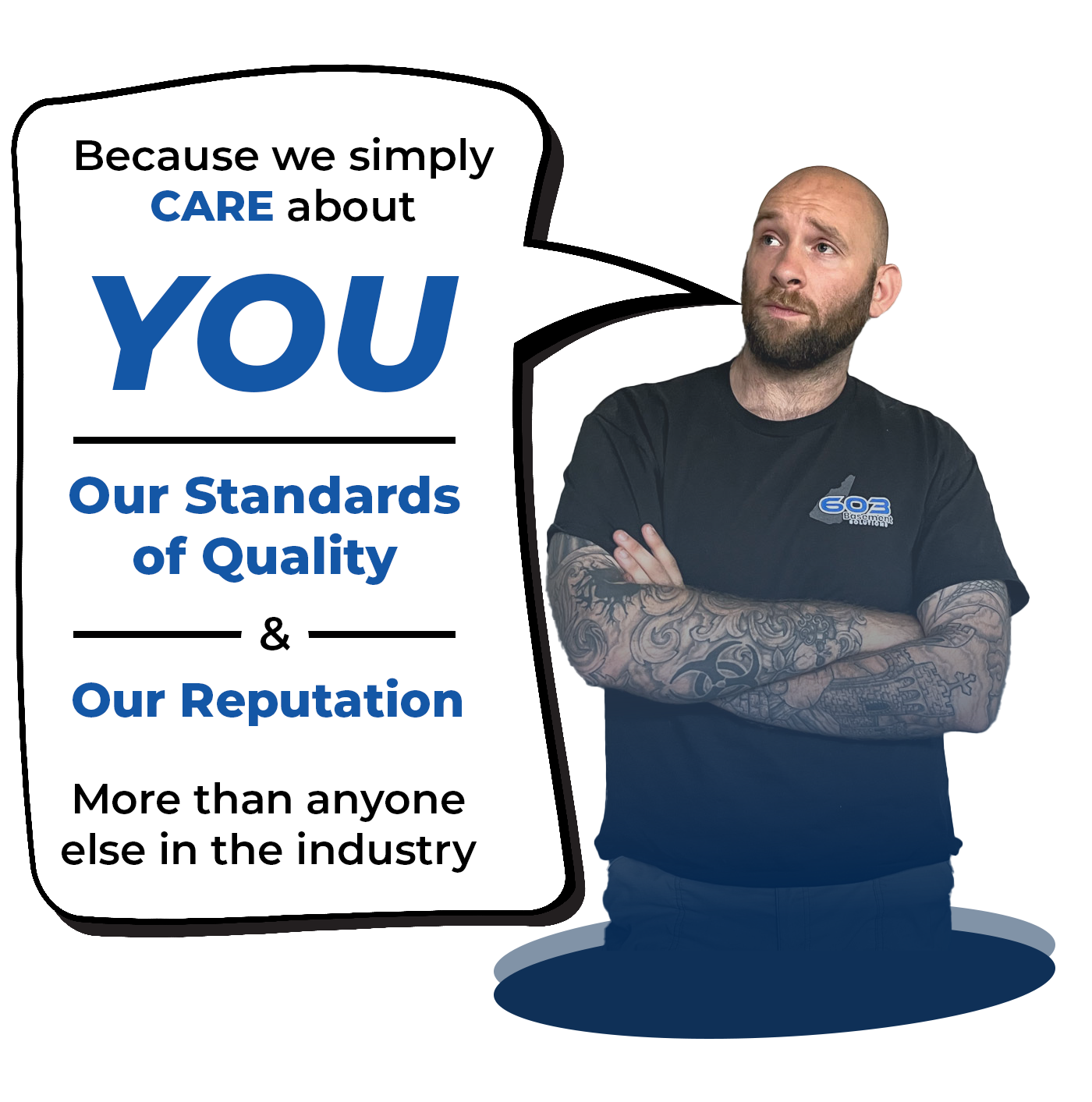
Maintaining Your Radon Mitigation System
Setting up a radon mitigation system isn’t a “set it and forget it” solution. Like any home feature, it needs periodic attention to keep working effectively. The good news? Maintenance is straightforward and doesn’t take much time—especially if you stay ahead of potential problems.
First, the fan. It’s the heart of the system and runs continuously to vent radon gas outside. Over time, the fan can wear out, and when it does, it will either stop working or lose efficiency. Most fans last anywhere from 5 to 15 years, but it’s a good idea to check for unusual noises or a drop in performance annually. If a replacement is needed, costs typically range between $150 and $300 for the equipment, plus labor if you hire a professional.
Next, look at the manometer—a U-shaped gauge on your system that measures pressure levels. This simple device tells you if the system is operational. If the liquid inside isn’t in the expected range, it’s time to investigate. Sometimes, issues are as simple as a tripped circuit breaker or fan power disconnect, but other times, the system may have a more complex problem that needs expert intervention.
Seals and caulking are another area that shouldn’t be ignored. While sealing isn’t a primary defense against radon, it does help enhance the efficiency of your system. Over time, foundation cracks can shift or expand, and any compromised seals should be readdressed to prevent sneaky radon leaks.
Finally, maintaining a radon mitigation system isn’t just about the hardware. Annual radon testing is crucial to ensure the system is keeping levels below 4 pCi/L. Conditions in your home or the ground beneath it can change over time, so don’t assume last year’s test guarantees this year’s safety. You can grab a test kit for under $20 or hire a professional for added peace of mind.
By dedicating a little time to regular system checks and maintenance, you can breathe easy—literally—knowing your radon mitigation system is doing its job to protect your home and family.
Cost Factors in Radon Mitigation
Radon mitigation costs aren’t a one-size-fits-all scenario. They hinge on a handful of variables that determine how straightforward or complex the solution will be for your home. Here’s what to consider before budgeting:
- Home Size and Layout: Larger homes or ones with unconventional layouts—like split levels or slab-on-grade foundations—often require more extensive systems. More space means more materials, additional piping, or even multiple fans to cover all the problem areas effectively.
- Initial Radon Levels: The higher the radon concentration, the more robust the mitigation effort needs to be. For borderline levels, a single venting system might suffice. For homes with significantly elevated levels, additional sealing or supplemental systems may drive up costs.
- System Type: Sub-slab depressurization systems are the most common and effective option, but they’re not the only game in town. Crawl spaces might need a different approach, like an airtight barrier paired with venting. Systems tailored to unusual conditions can add to your expenses.
- Foundation Type: A straightforward concrete slab or basement foundation generally simplifies installation. Homes with crawlspaces or dated construction might require more prep work, such as laying membranes or additional sealing, which increases labor and material costs.
With all these factors in play, mitigation systems typically fall in the range of $800 to $2,500. Simple installations lean toward the lower end, while complex or large-scale projects creep higher. It’s an upfront investment, but considering the potential health risks of unchecked radon exposure, it’s money well spent. Skimping on proper mitigation is one corner you don’t want to cut.
Why Radon Awareness Matters
Radon doesn’t knock. It doesn’t announce itself. It seeps in quietly, through unnoticed cracks, lingering out of sight while putting your health at risk. That’s what makes awareness critical—because without knowing there’s a threat, there’s no way to act against it.
For homeowners in Windham, NH, where geology and architecture combine to create a perfect storm for elevated radon levels, this invisible gas is a risk you can’t afford to ignore. The stakes? Nothing less than your family’s long-term health. Radon exposure is linked to lung cancer, a connection that’s as undeniable as it is preventable.
Radon awareness isn’t just about alarm—it’s about control. It’s understanding that with one affordable test, you can take charge of your home’s safety. It’s knowing that professional mitigation isn’t just a service; it’s a safeguard that works. And it’s prioritizing regular testing and system maintenance, because staying safe is a process, not a one-time fix.
Awareness turns an invisible threat into an actionable plan. For Windham residents, it’s the difference between relying on blind luck and making informed decisions for a healthier home. The choice is clear, and it starts with being aware of what you can’t see—but absolutely can control.
Reviews from Happy Customers
Our top priority is customer satisfaction, and we work closely with clients to understand their unique needs and goals.




